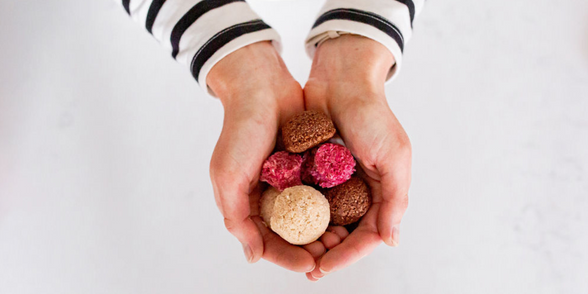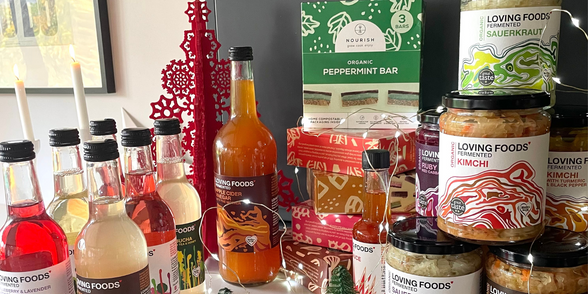Dietary fibres, starches, and prebiotics work together to support a healthy gut ecosystem.
You can read more about soluble and insoluble fibre HERE. In this blog we look at Prebiotics.
A prebiotic is a type of fibre (but not all fibre is prebiotic). To be classified as a prebiotic, the fibre must pass through the Gastrointestinal (GI) tract undigested and stimulate the growth and/or activity of certain ‘good’ bacteria in the large intestine. This means that by having prebiotics in your diet you help to increase the number of good bacteria in the gut.
Dietary fibres that have high prebiotic effects include inulin, fructo-oligosaccharides (FOS) and galacto-oligosaccharides (GOS). Certain foods function as natural prebiotics. Some examples of foods high in prebiotics include chicory root, dandelion greens, leeks and garlic. Some of the health benefits that have been found when taking prebiotics include improved mineral absorption (thereby improving bone health), improved gut microbiome health, improved blood glucose and insulin levels (thereby weight management), improves immune health and can help with better hormone balance.
What is the difference between prebiotics and probiotics? Prebiotics are substances that are fermented by the beneficial bacteria in the gut and used as a source of fuel to help enhance/improve gut flora health, probiotics are defined as live microorganisms that can confer health benefits to the host, ranging from improved immunity to better brain function. Postbiotics are therefore the byproducts of bacterial fermentation in the colon.
Some foods rich in prebiotic fibre include – chicory root, Jerusalem artichoke, onions, garlic, asparagus, green bananas, dandelion leaves, apples, cacao, linseed (flaxseed), seaweed, cabbage, carrots, legumes and beans.
Many people ask about SIBO and IBS with consuming fibre (esp. prebiotic fibre rich foods). It is important to remember that when consuming good amounts of fibre that you stay well hydrated. If you don’t then you are more likely to have more pronounced side effects of the fermentation in the gut. This article HERE by Monash University explains this well –
“If you have received a diagnosis of IBS by your doctor then you may have been placed on the ‘Monash University low FODMAP diet’. The low FODMAP diet is a special therapeutic diet designed to alleviate the undesirable gastrointestinal symptoms associated with this condition. You must seek the guidance of a qualified dietitian with experience in this area. We recommend that the Low FODMAP diet is followed for a period of 2-6 weeks followed by review from your dietitian. Your dietitian will provide advice on which foods (and how much) can be re-introduced. The long-term goal of dietary management is for you to be able to return to a normal diet (that includes high fibre foods) with no (or very few) dietary restriction. You must seek advice from a health professional before restricting your FODMAP intake. A low FODMAP diet will reduce the intake of foods high in fibre and natural prebiotics, which in turn may impact of the growth of certain bacteria in the gut. This is why we advise against following a strict low FODMAP diet unnecessarily. “
Did you know?
Our Nutty One bar contains 12 grams of fibre due to its inulin content!
Featured Products In This Article:

The Nutty One




